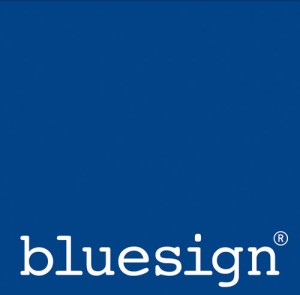EARTHTALK: Green friendly ‘Bluesign’ clothing
EARTHTALK: Green friendly ‘Bluesign’ clothing
Dear EarthTalk: What is the “Bluesign” standard for textiles? Which if any well known manufacturers are embracing it?– Karin Romano, Bristol, CT
Bluesign is an emerging standard for environmental health and safety in the manufacturing of textiles. The Switzerland-based organization, officially known as Bluesign Technologies AG, provides independent auditing of textile mills, examining manufacturing processes from raw materials and energy inputs to water and air emissions outputs. Each component is assessed based on its ecotoxicological impact. Bluesign ranks its audit findings in order of concern, and suggests ways to reduce consumption while recommending alternatives to harmful chemicals or processes where applicable. Textile mills that commit to verifiably adopting Bluesign’s recommendations can become certified “System Partners” and attract business from a wide range of brands and retailers around the world looking for greener vendors.
Eco-aware consumers can feel confident purchasing clothing items with the Bluesign label that they are buying the most environmentally friendly, socially conscious version of the jacket, shirt, sweater, pants, hat or gloves in question. Given the push for greener products of every kind, Bluesign has gained serious traction in the last few years among some of the leading brands in the outdoor clothing and gear business.
Patagonia was Bluesign’s first “brand” member and has been supportive of the program since its inception in 2000. While only 16 percent of the products in its 2012 line contain Bluesign-approved fabrics, the company has set a goal with its suppliers to have all Patagonia fabrics adhere to the standard by 2015.
The North Face is a newer partner for Bluesign, but no less committed: The company has been going gangbusters for the standard since 2010, and offers several clothing items made with at least 90 percent Bluesign-approved fabrics. Over the two years it has been converting its supply chain over to Bluesign-approved vendors, The North Face has saved 85 Olympic swimming pools worth of water, 38 tanker trucks worth of chemicals, and carbon emissions similar to taking some 1,100 cars off the road for a year.
Another leading outdoor clothing manufacturer embracing Bluesign is Norway’s Helly Hansen. In its 2012 line, more than 100 of Helly Hansen’s 500 products contain fabrics that meet the Bluesign standard; that number is expected to increase by 50 percent in 2013. Helly Hansen would go fully Bluesign except that some of its specialty products that need to be flame retardant do not meet the standard. The company is optimistic, however, that textile makers can solve that problem—and then it can offer a 100 percent Bluesign-approved product line. Some of the other big outdoor brands that have teamed up with Bluesign include REI and Canada’s Mountain Equipment Co-op (MEC).
Whether Bluesign catches on more widely in this dog-eat-dog, economically stressed business climate remains to be seen. “Earning Bluesign approval costs mills and suppliers time and money,” reports MEC. “They have to be convinced they’ll get a return on their investment in the form of increased demand for their products from manufacturers like MEC and ultimately from consumers.”
CONTACTS: Bluesign Technologies, www.bluesign.com; Patagonia, www.patagonia.com; The North Face, www.thenorthface.com; Helly Hansen, www.hellyhansen.com; REI, www.rei.com; MEC, www.mec.ca.
EarthTalk® is written and edited by Roddy Scheer and Doug Moss and is a registered trademark of E – The Environmental Magazine (www.emagazine.com). Send questions to: earthtalk@emagazine.com.




Comments (0)